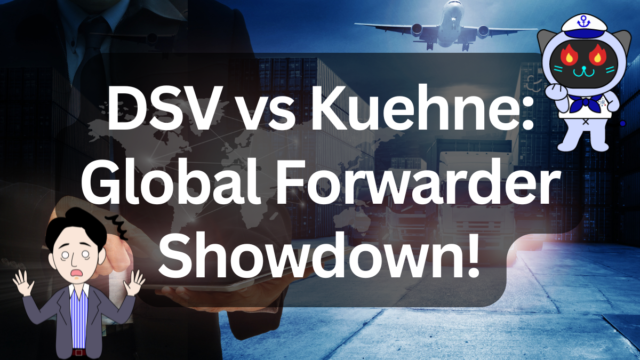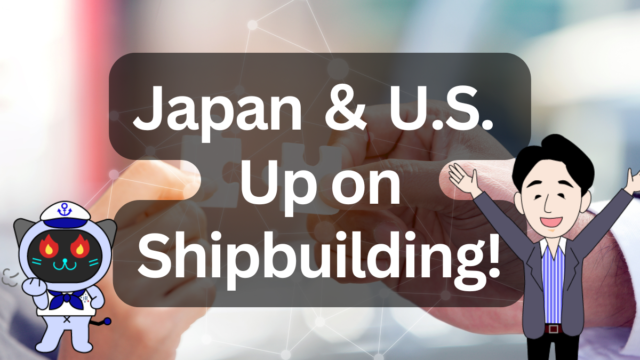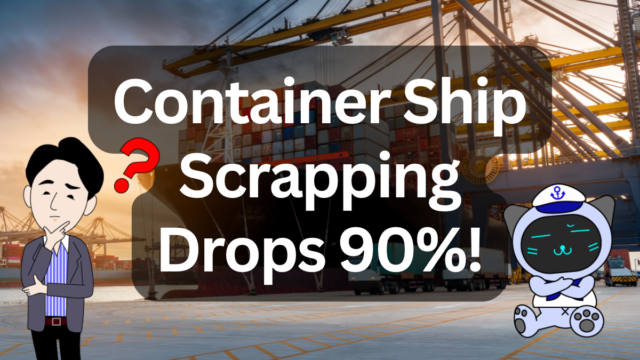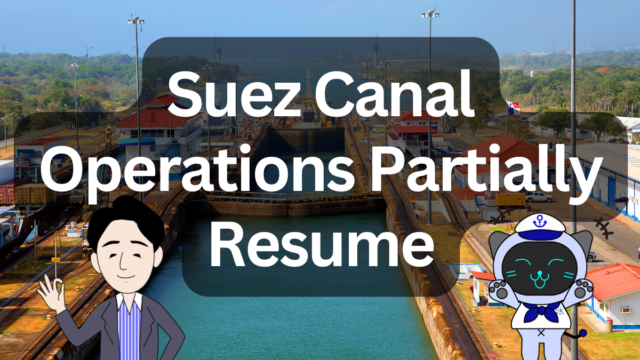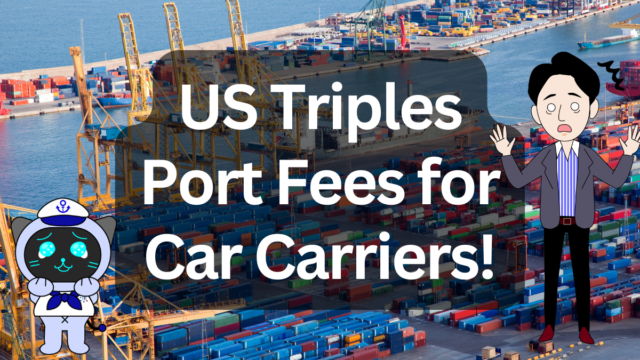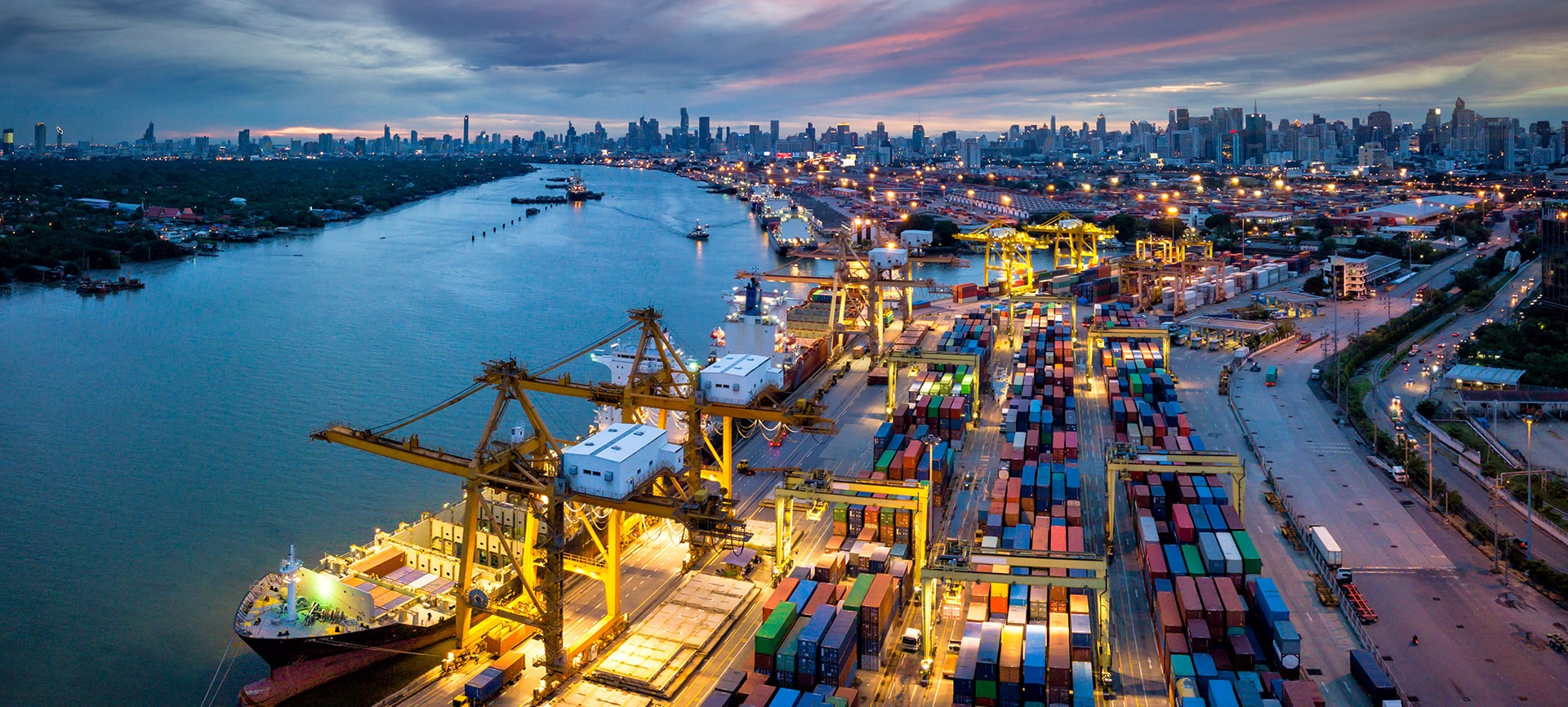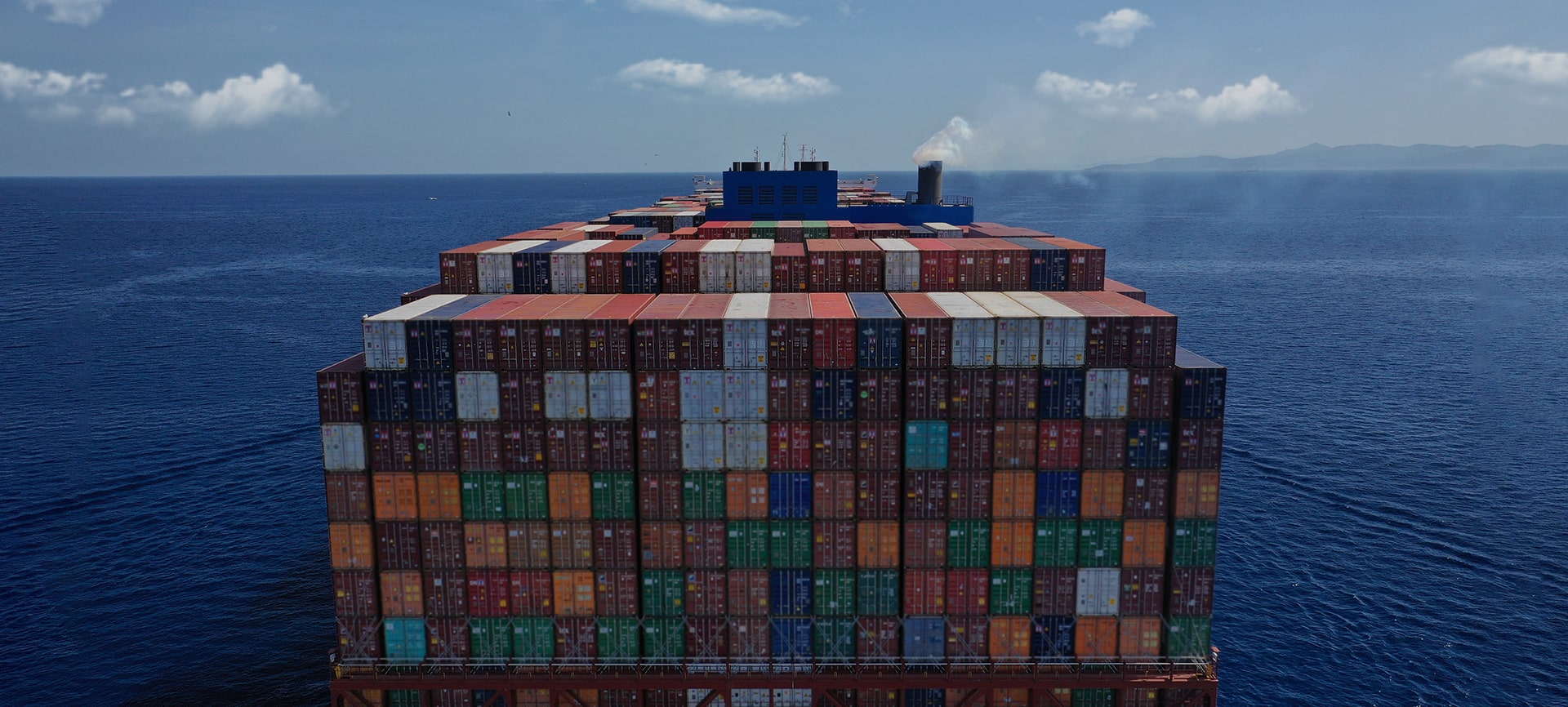Posted on: August 1, 2025 / Last updated: August 1, 2025
UP’s $85 Billion Acquisition of NS Could Mark the Birth of the First Transcontinental Railroad in the U.S.
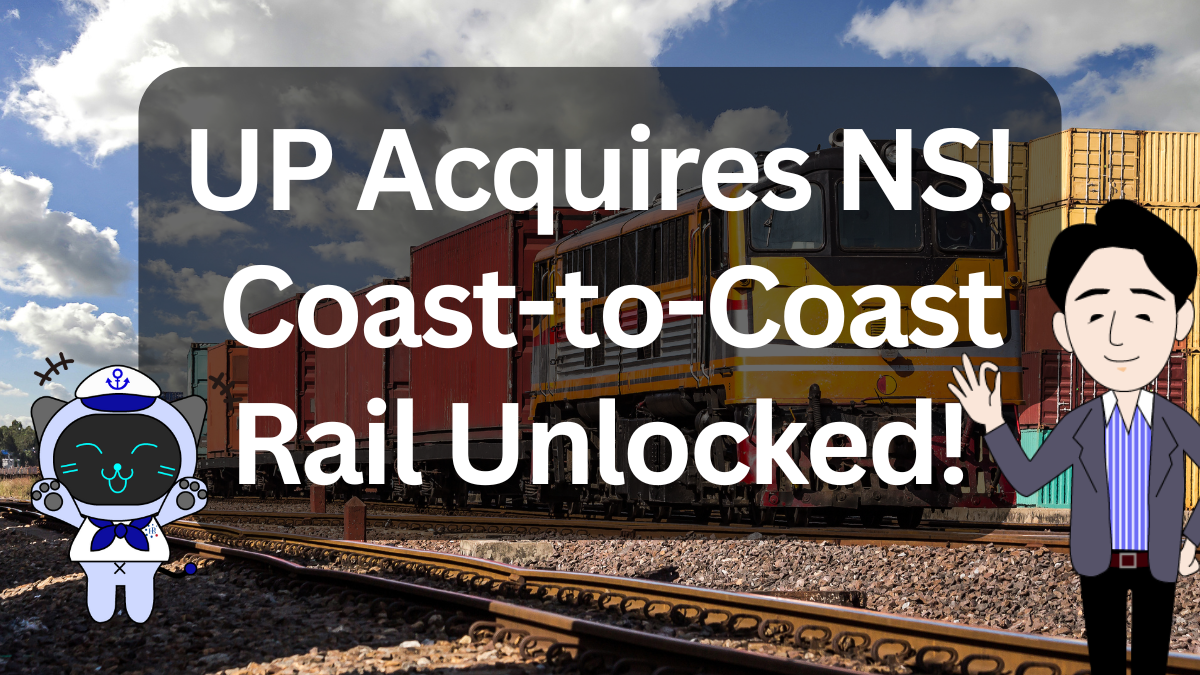
August 1, 2025 Union Pacific (UP), one of the major U.S. railroads, has agreed to acquire another major player, Norfolk Southern (NS), for $85 billion.
This isn’t just another M&A. It could be a historic turning point for U.S. rail and logistics infrastructure.
CONTENTS
U.S. Railroads Have Long Been Divided East and West
Since the first transcontinental railway in the 19th century, the U.S. rail network has operated in two main zones: the West (served by UP and BNSF) and the East (served by NS and CSX).
Because of this divide, freight from east to west has required transloading at key junctions like Chicago or Memphis.
But if the UP × NS merger goes through, this transloading will no longer be needed.
It will become possible to transport cargo directly from Los Angeles to Norfolk under one company — a major improvement in logistics efficiency.
Scale and Objectives of the Merger
Here’s a quick overview of the acquisition:
・Deal value: $85 billion
・NS shareholders to receive $88.82 cash + 1 UP share per NS share
・Combined company value: approx. $250 billion
・Estimated synergy: $2.75 billion/year
Post-merger, the unified company would cover approximately 80,000 km of rail across 43 U.S. states and access over 100 ports — surpassing BNSF’s current 52,000 km.
This will also streamline intermodal transport from ports to inland cities, easing congestion, promoting modal shifts, and cutting CO2.
CPKC’s Rise Prompted This Deal
The 2023 formation of CPKC — linking Canada, the U.S., and Mexico — created North America’s first vertical rail network.
UP now counters with a horizontal network linking East and West.
This isn’t just business — it’s a strategic shift in the rail industry’s power balance.
How It Benefits Logistics
The logistics industry stands to gain:
- Reduced handling costs
- More stable lead times
- Simplified inland transport planning
- Lower environmental impact
- More shipper options
Especially for Japanese manufacturers, long-distance rail may now be more viable than before.
Potential Concerns
Not all is rosy.
Challenges include:
- Monopoly risks (anti-trust law)
- Possible fare increases
- Union resistance
- Uncertainty in congested cities like Chicago
Senator Chuck Schumer has raised concerns. Final STB approval is expected by early 2027.
Conclusion
This acquisition could fundamentally reshape America’s logistics backbone.
The era of fragmented east-west rail may be ending. For logistics professionals, now is the time to plan the next move.


